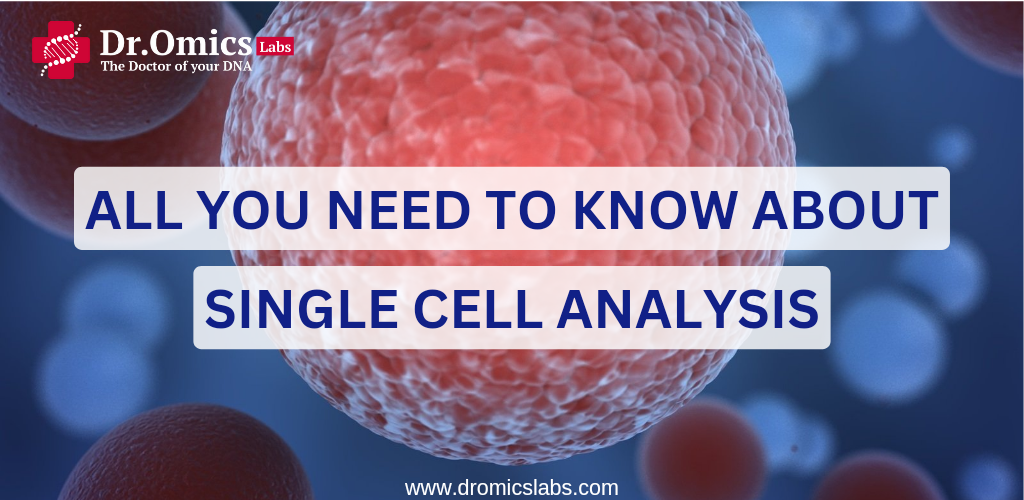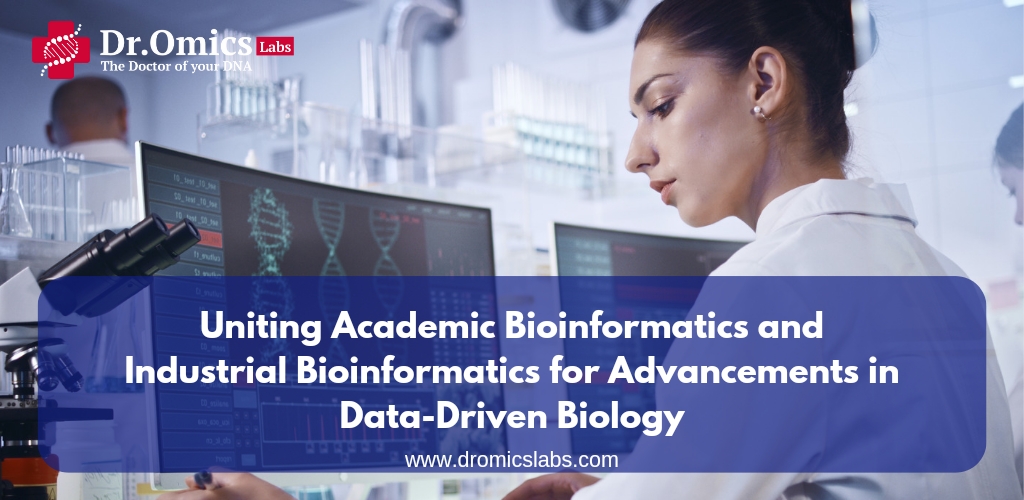Single cell analysis is the study of various molecular aspects of individual cells, such as their DNA, RNA, proteins, and metabolites. It is a powerful approach to understand the diversity and function of cells in complex biological systems, such as tissues, organs, and organisms. Single cell analysis can reveal the heterogeneity of cell populations, the dynamics of cellular processes, and the interactions of cells with their environment. Single cell analysis can also help to identify rare cell types, such as stem cells, cancer cells, and immune cells, and to discover new biomarkers and therapeutic targets.
What are the techniques for single cell analysis?
There are many techniques available for single cell analysis, depending on the type of molecules and the level of information that one wants to measure. Some of the most common techniques are:
- Single-cell imaging: This technique uses microscopy or other imaging methods to visualize the morphology, location, and activity of single cells. Single-cell imaging can also be combined with fluorescent labels or probes to detect specific molecules or signals within the cells. Single-cell imaging can provide spatial and temporal information about the cells and their interactions with other cells or structures.
- Single-cell sequencing: This technique uses high-throughput sequencing methods to determine the DNA or RNA sequences of single cells. Single-cell sequencing can reveal the genetic variation, gene expression, and epigenetic modifications of individual cells. Single-cell sequencing can also be used to reconstruct the lineage and evolution of cells, such as in development, differentiation, and cancer.
- Flow cytometry: This technique uses a device that passes a stream of single cells through a laser beam and measures the light scattering and fluorescence of each cell. Flow cytometry can quantify the size, shape, and surface markers of single cells, as well as the intracellular molecules, such as DNA, RNA, proteins, and metabolites. Flow cytometry can also sort the cells based on their properties and collect them for further analysis. Flow cytometry can analyze thousands of cells per second and provide statistical information about the cell population.
- Microfluidic droplet technology: This technique uses a device that generates tiny droplets of fluid, each containing a single cell and a set of reagents, such as DNA or RNA barcodes, enzymes, or probes. The droplets are then processed and analyzed by various methods, such as PCR, sequencing, or fluorescence detection. Microfluidic droplet technology can enable the parallel and multiplexed analysis of thousands of single cells, as well as the integration of different types of measurements, such as genomics, transcriptomics, proteomics, and metabolomics.
Why is single cell analysis important?
Single cell analysis is important because it can reveal the diversity and complexity of biological systems that are often masked by bulk or average measurements. Single cell analysis can also help to understand the mechanisms and functions of cells in normal and disease conditions, as well as to discover new insights and applications in biotechnology and medicine. Some of the benefits of single cell analysis are:
- Uncovering cellular heterogeneity: Single cell analysis can identify the different types and subtypes of cells in a given sample, as well as their proportions, distributions, and interactions. Single cell analysis can also reveal the variability and dynamics of cellular states, such as activation, differentiation, and response to stimuli. Single cell analysis can help to characterize the diversity and function of cells in various biological contexts, such as development, immunity, infection, inflammation, and cancer.
- Understanding cellular processes: Single cell analysis can measure the molecular components and activities of single cells, such as their DNA, RNA, proteins, and metabolites. Single cell analysis can also capture the temporal and spatial changes of these molecules, as well as their interactions and regulations. Single cell analysis can help to elucidate the mechanisms and pathways of cellular processes, such as gene expression, signal transduction, cell cycle, apoptosis, and metabolism.
- Discovering new biomarkers and therapeutic targets: Single cell analysis can identify the molecular signatures and features of single cells that are associated with specific phenotypes or functions, such as cell type, cell state, cell fate, or cell response. Single cell analysis can also detect the rare or novel cells that are often missed by bulk or average measurements, such as stem cells, cancer cells, and immune cells. Single cell analysis can help to discover new biomarkers and therapeutic targets for diagnosis, prognosis, and treatment of various diseases and disorders.
How to perform single cell analysis?
The workflow of single cell analysis typically involves four main steps: (1) sample preparation, (2) single cell isolation, (3) single cell measurement, and (4) data analysis and interpretation. Each step requires careful consideration and optimization of the experimental design, methods, and parameters, depending on the research question, the type of sample, and the type of measurement. Some of the challenges and solutions for single cell analysis are:
- Sample preparation: The quality and quantity of the sample can affect the outcome and accuracy of single cell analysis. Therefore, it is important to choose a suitable source and method of sample collection, preservation, and processing, as well as to minimize the contamination, degradation, and loss of the sample.
- Single cell isolation: The efficiency and specificity of single cell isolation can influence the representation and resolution of single cell analysis. Therefore, it is important to select an appropriate technique and device for single cell isolation, as well as to optimize the parameters and conditions of the isolation process, such as the cell density, the flow rate, the buffer composition, and the sorting criteria.
- Single cell measurement: The sensitivity and specificity of single cell measurement can determine the quality and quantity of the data obtained from single cell analysis. Therefore, it is important to choose a suitable technique and platform for single cell measurement, as well as to optimize the parameters and conditions of the measurement process, such as the reagents, the protocols, the controls, and the calibration.
- Data analysis and interpretation: The complexity and variability of the data generated from single cell analysis can pose challenges for data analysis and interpretation. Therefore, it is important to use appropriate tools and methods for data preprocessing, normalization, quality control, visualization, clustering, dimensionality reduction, differential analysis, and integration. It is also important to validate and verify the results with independent experiments and complementary techniques.
Conclusion
Single cell analysis is a rapidly evolving and expanding field that offers new opportunities and perspectives for studying biological systems at the single cell level. Single cell analysis can provide unprecedented insights into the diversity and function of cells in various biological contexts, as well as to discover new biomarkers and therapeutic targets for various diseases and disorders. Single cell analysis requires careful planning and optimization of the experimental design, methods, and parameters, as well as the use of appropriate tools and methods for data analysis and interpretation. Single cell analysis can also benefit from the integration and collaboration of different disciplines and fields, such as biology, chemistry, physics, engineering, mathematics, and computer science. Single cell analysis is expected to have a significant impact and implication for biotechnology and medicine in the near future.




